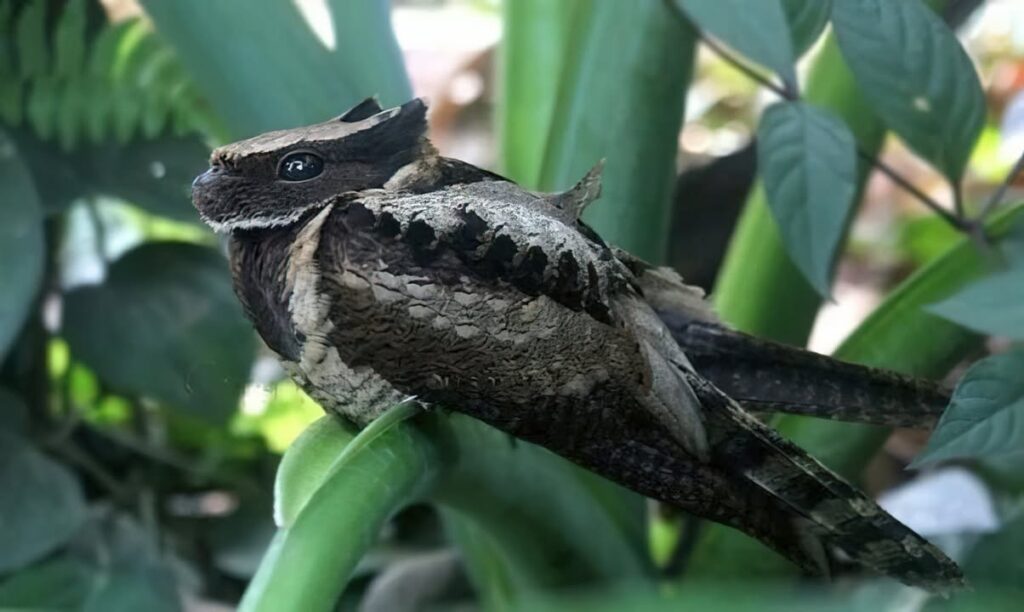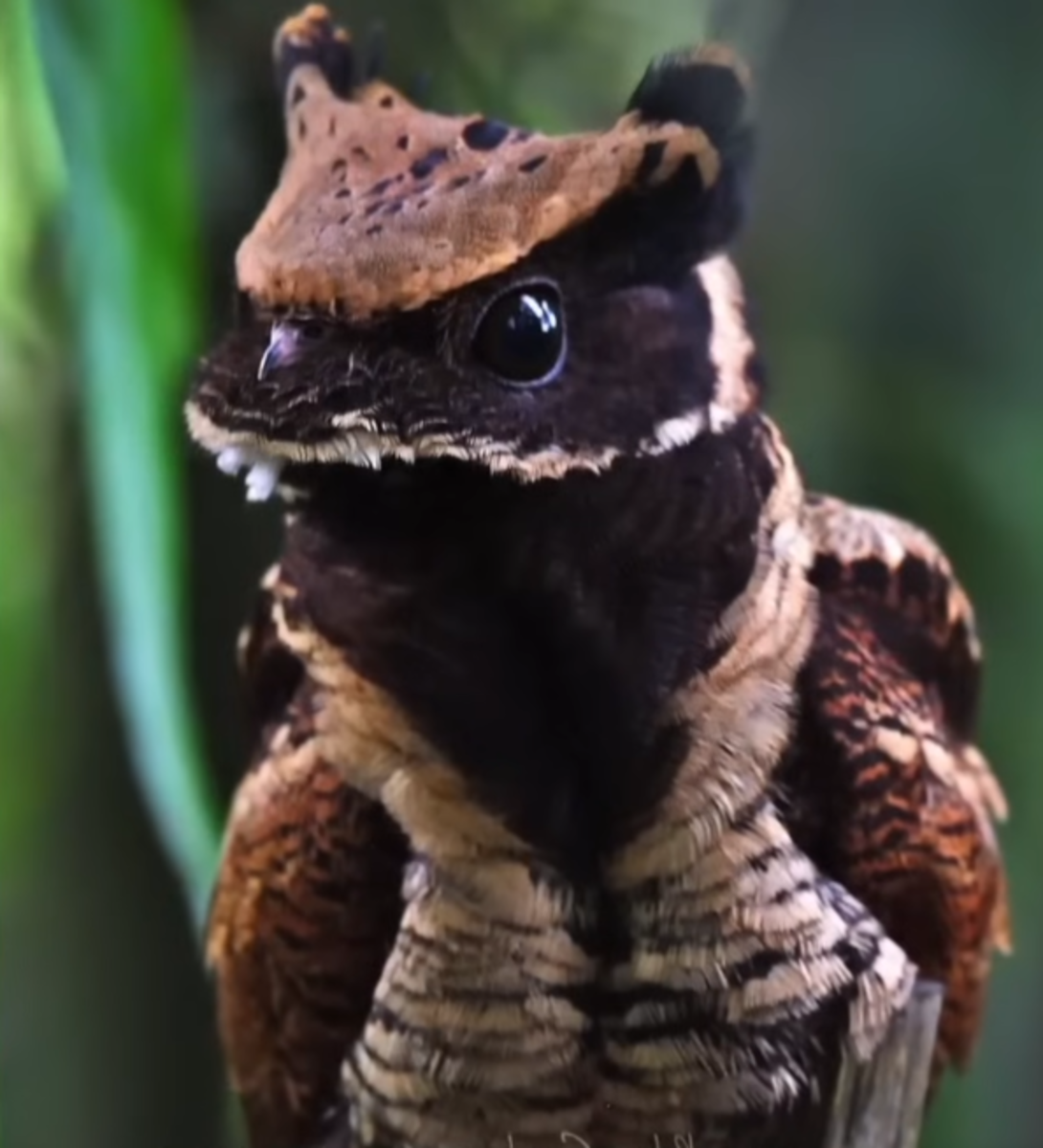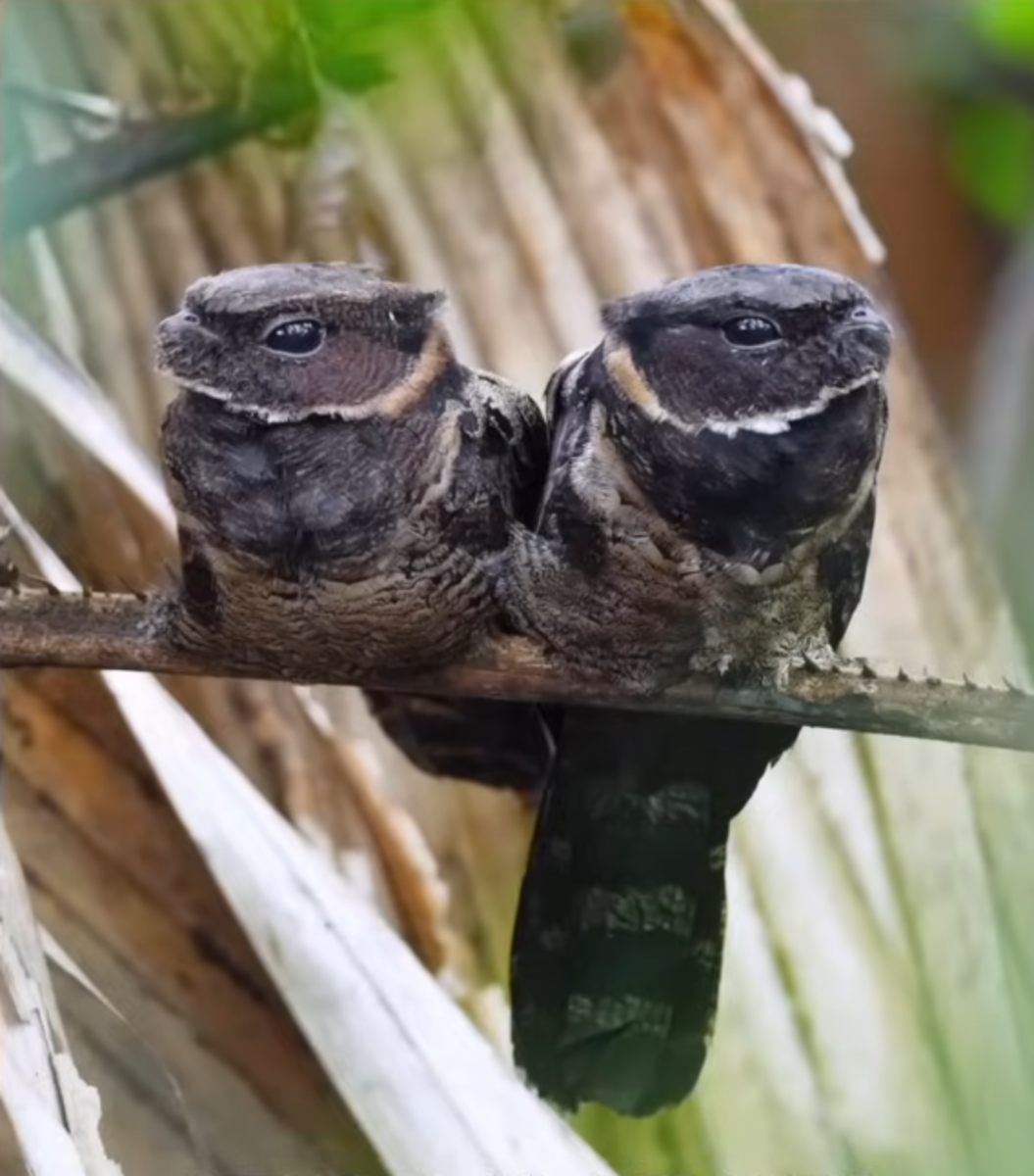
Nocturnal creatures often capture the imagination, but few birds are as steeped in legend as the great eared nightjar. With its distinctive ear-like tufts and extraordinary night vision, this bird has long inspired both fascination and fear. But how much of its reputation is rooted in myth?
In ancient times, even Aristotle contributed to the nightjar’s infamy, claiming the bird drank milk directly from the udders of goats, leaving them blind and dry. While the philosopher had many groundbreaking ideas, he also believed that eels spontaneously emerged from mud and that the Earth was the center of the universe. So perhaps it’s no surprise that his tale of the “goatsucker” doesn’t hold up to modern scrutiny.

The nickname “goatsucker” persists in some circles, but the truth is far less sinister. Nightjars, of which there are around 100 species, are insect-eaters that often fly near livestock to catch bugs attracted to the animals. This behavior likely fueled the ancient myth.
The bird’s name, “nightjar,” refers to its nocturnal nature and its peculiar, raspy call. The great eared nightjar, found in the Western Ghats of India and parts of Southeast Asia, is named for its prominent feathery tufts, which resemble lynx ears. This similarity inspired its Latin name, Lyncornis macrotis, meaning “long-eared lynx bird.”

The Irish zoologist Nicholas Aylward Vigors first described the bird in 1831, but spotting one is no easy task. Like other nightjars, it excels at blending into its surroundings. Its plumage—a mix of grays, browns, and ochres—allows it to camouflage perfectly against the forest floor. By day, it becomes almost invisible, its outline broken by its cryptic coloration.
Physically, the great eared nightjar has long wings, short legs, a small beak, and a wide gape, perfect for catching insects in mid-flight. Its exceptional night vision is thanks to a reflective layer of cells called the tapetum lucidum, a feature it shares with other nocturnal predators like cats and crocodiles. This reflective layer not only sharpens the bird’s vision in low light but also causes its eyes to shine when illuminated, aiding conservationists in their research.

Breeding is a modest affair: females lay a single egg in a ground scrape, and both parents take turns incubating it. Once hatched, the chick is cared for until it can fly and hunt on its own.
Despite its eerie reputation, the great eared nightjar’s call is far from unsettling. Its distinctive “tsiik” followed by a melodic “ba-haaww” is quite enchanting, especially compared to its distant cousin, the Satanic nightjar of Sulawesi, whose call has been described as unnervingly sinister.

The great eared nightjar may have once been the stuff of myths, but today, it stands as a testament to nature’s ingenuity and beauty—an avian marvel cloaked in mystery and camouflage.